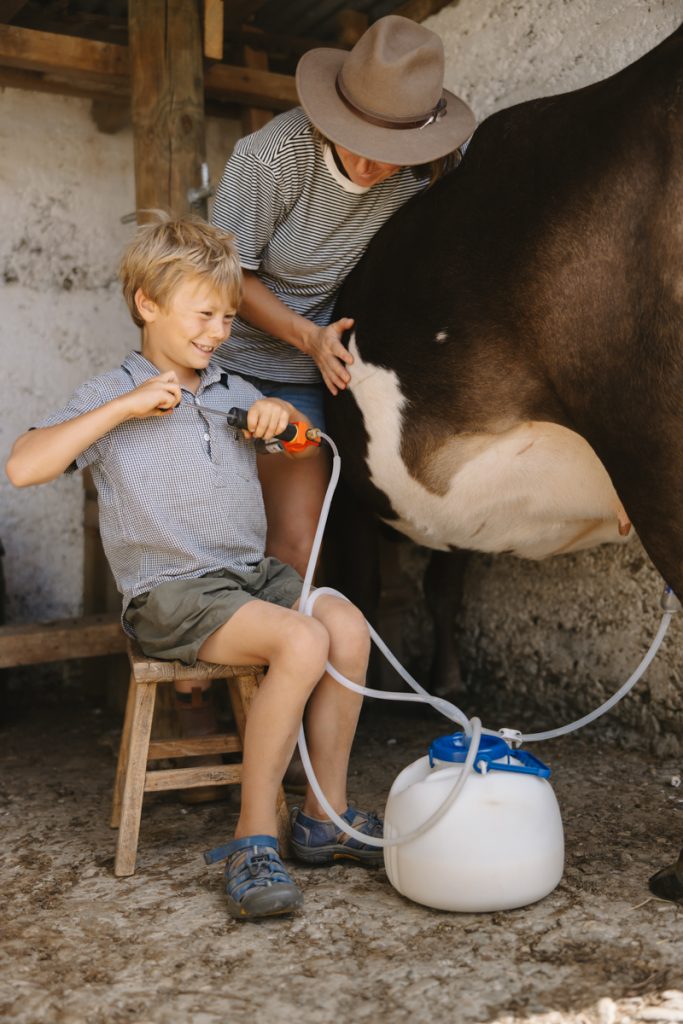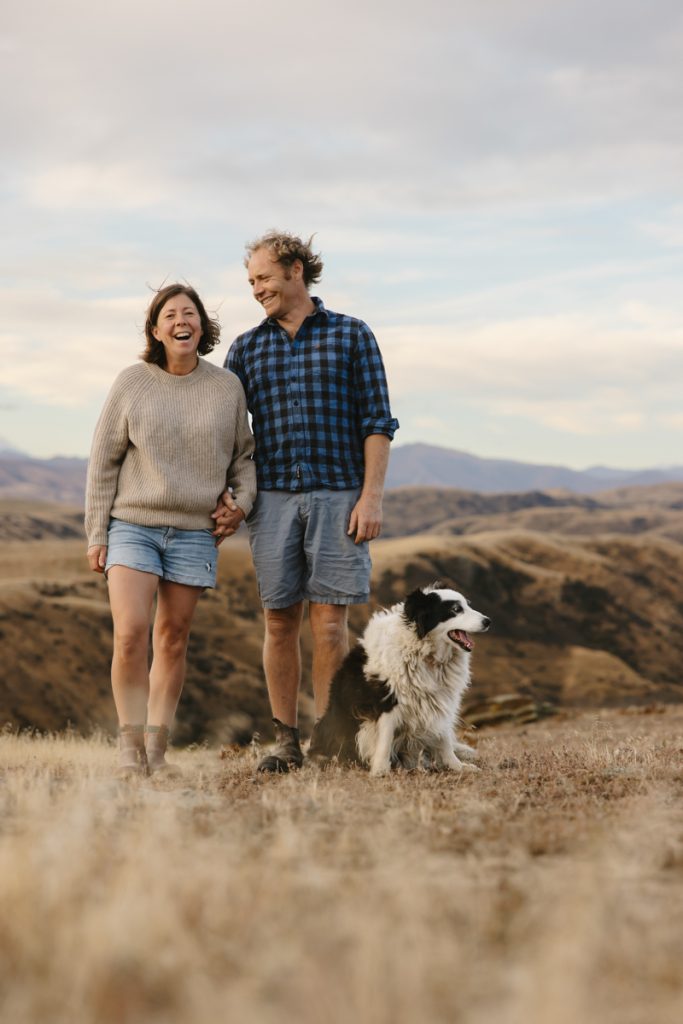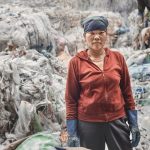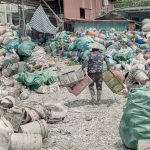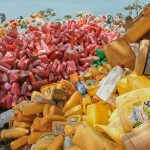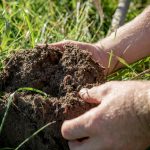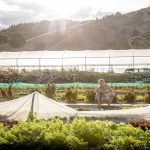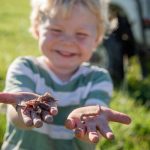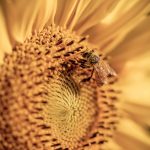A Story Well Told
Storytelling is a powerful tool for igniting change and sparking conversation. It is a super power that photographer Camilla Rutherford has in spades.
Words Lucinda Diack Photos Deanna Gerlach
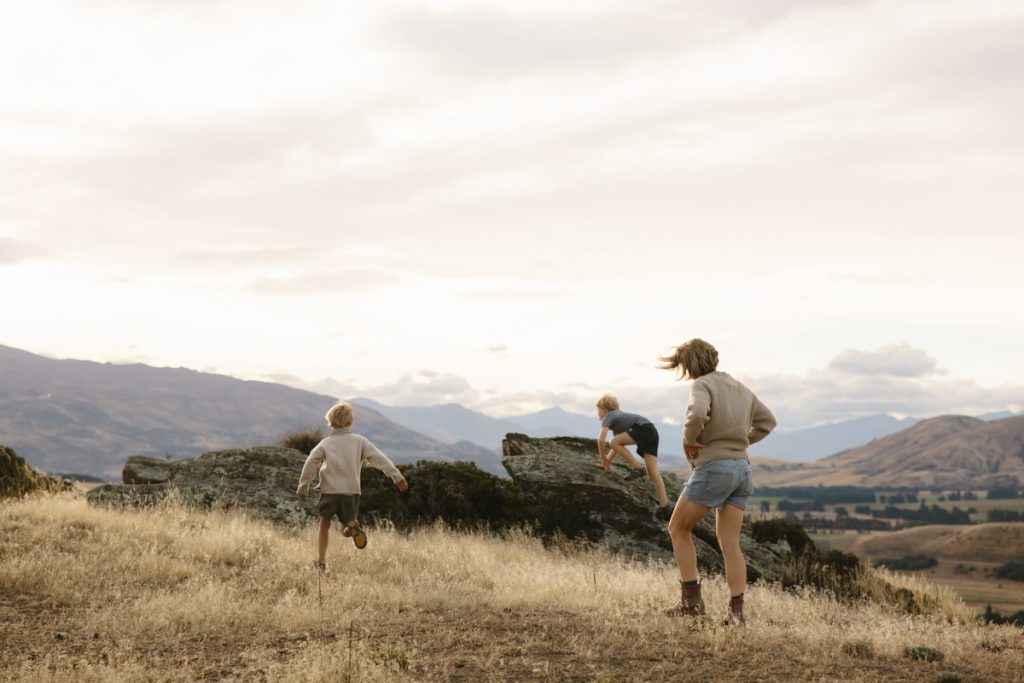
With the base of the Lindis Pass as her backyard, Camilla Rutherford has found her happy place – home with husband Tim and sons Alfie (nine) and Lewis (seven). It is an active lifestyle of farm work, tramping, outdoor exploration, skiing and travel – and while it is on the opposite side of the world, not all that different to her own childhood in Scotland.
‘My sister and I had ponies, chickens, a few sheep and eight acres to explore every day after school.’ The middle child of five, Camilla describes her childhood as active, and talks with such passion about her family and the memories and learnings that were made following her agronomist father around, and accompanying her mother on skiing adventures. ‘I grew up on skis,’ she laughs. ‘They shaped the course of my life.’
While it was skiing that drew her initially to Aotearoa New Zealand, it is her creative journey that has really shaped who she is and allowed her passion for storytelling and connection through imagery to take her to new heights – including the top of mountains.
‘All I wanted to do when I left school was go on an OE,’ she says. ‘But I got accepted into a prestigious London art college, Central Saint Martins, so off I went. But I hated it! So the first moment I could I took off, during the holidays to New Zealand. All I knew was that the skiing was great in Wānaka – so that was where I headed.’
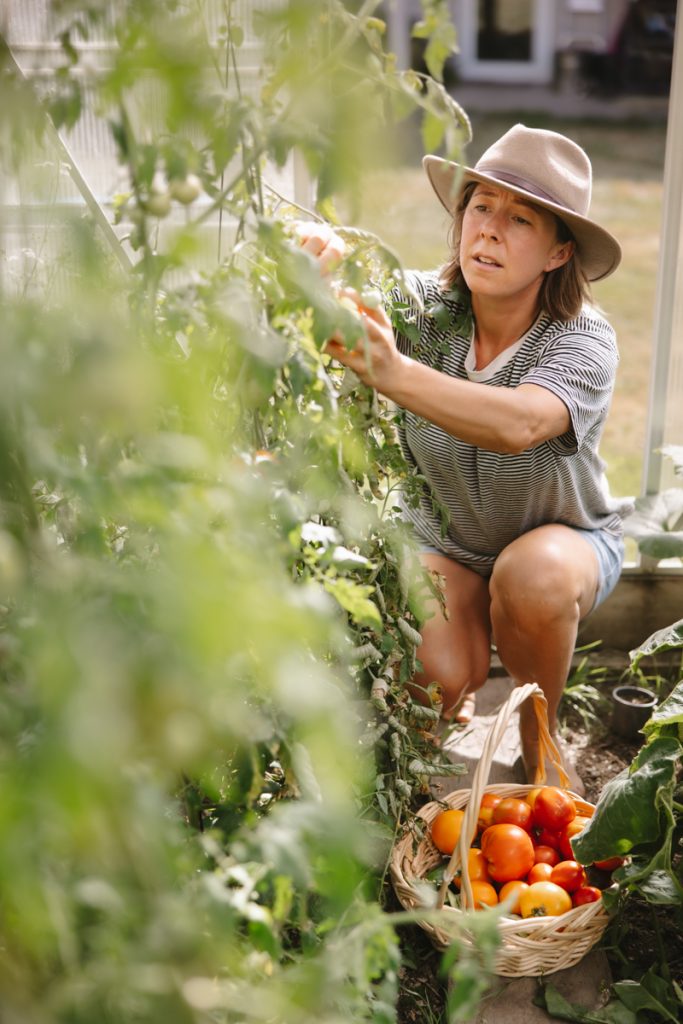
That was over 20 years ago, and the friends made on that first visit are some of Camilla’s closest friends today.
Returning to London, she continued to work towards her Bachelor of Arts degree while embarking on a different creative path with a job in set and costume design. ‘I was pretty much as far down the pile as you could be, but I got to work on some pretty big Hollywood movies that were being filmed in London at the time, including Charlie and the Chocolate Factory and Nanny McPhee. It was lots of production prop making, buying and adapting for purpose.’
Yet every summer the call of winter would come and off Camilla would go – ‘between New Zealand and Europe, I did nine years of winter! I’d go from dreary London to Wānaka, where I would teach skiing and then back to dreary London, with pit stops to detox in Scotland with my parents.’
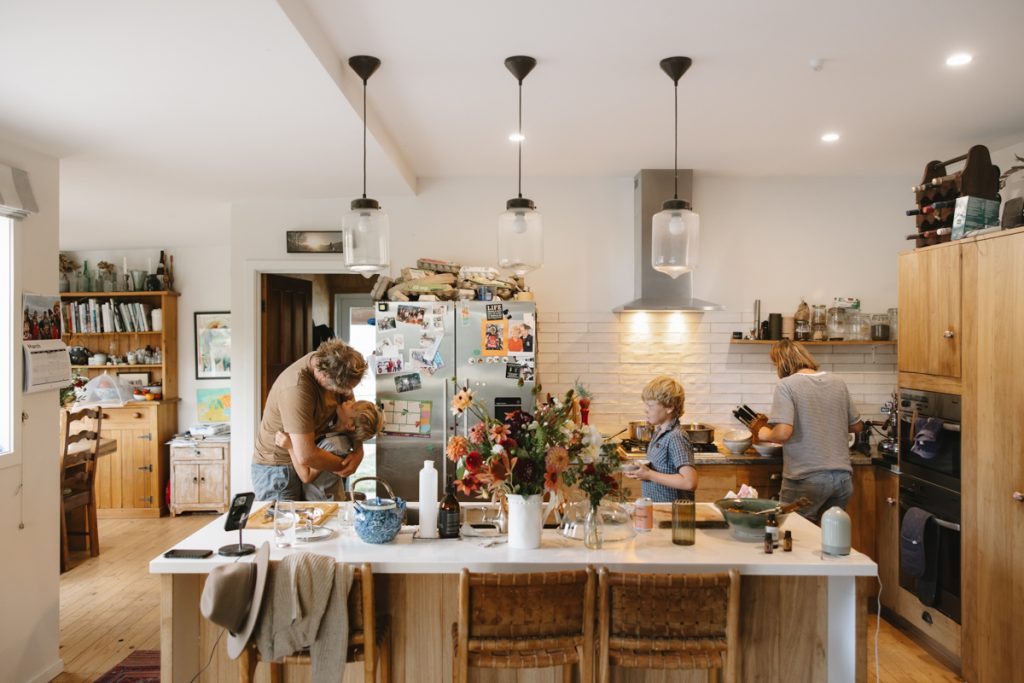
On the completion of her degree, Camilla purchased herself a DSLR camera as a graduation present. ‘It is easy to forget how far technology has come. Back then this was a big deal and opened up my creative world even further as I found myself being asked, initially by friends, to take photos up the ski field. From there photography just became a bigger and bigger part of my life.’
When friends Neil Kerr joined forces with Hamish Acland to purchase New Zealand Skier magazine, Camilla found her work not only being printed, but commissioned for commercial use in the ski and tourism industry.
It was the start of an incredible career of visual storytelling that has paved the way for some amazing commissions both here and further afield, with award-winning results. No longer only confined to the ski fields, Camilla has worked with vast and varied commercial clients here and overseas, with ‘wild places, open spaces and stories that move’ – her favourite commissions.
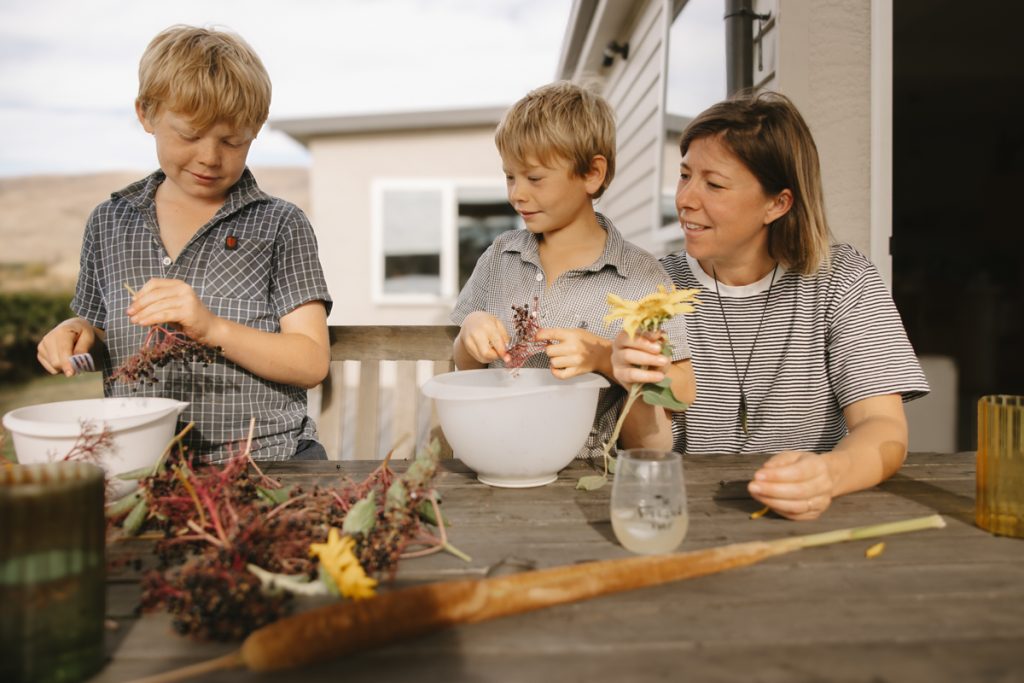
Camilla’s husband Tim is the fourth generation to farm the 5,500-hectare high-country merino sheep and beef station in Tarras. Inspired by Tim’s transition to farm regeneratively, Camilla did some storytelling on her own doorstep, and around Aotearoa, with her 2019 Heal the Earth project, which highlighted ‘how farming can be a huge part of the solution to climate change, water quality, biodiversity and food security, rather than a problem’.
Through the art of photography and visual storytelling, Camilla took the story of their own transition into regenerative agriculture practices, alongside that of seven others, to a new audience. Educating those who may never have heard of it, just how powerful regenerative agriculture can be for our land, for us as consumers and for our planet. ‘It was really special to share a positive farming news story and be part of changing the course around how we treat and think of ourselves as farmers.’
This personal project was the catalyst for more, with her commercial projects often paving the way for more ‘hands-on, dirty’ projects that allowed Camilla to dive deeper into a way of life. ‘I love telling stories, and creating series that evoke a response or a revelation.’
From documenting shearing gangs, to capturing farm kids in their raw unfiltered state, to the stories of creative individuals around New Zealand and their workshops – each personal series offered viewers an insight into a way of life and paved the way to her most recent, and confronting, Once Were Farmers.
Above: A snapshot of Camilla’s Once Were Farmers photographed in July 2024, Hanoi, Vietnam: Mountains of waste replace fields of rice. Tribes of villagers that once produced food and crafts now deal with other people’s trash. Once Were Farmers is a story of recognition and awareness. Recognising our waste problem. Recognising the unsung heroes that deal with our chuck-away culture. Awareness that we all need to change. Can we change the story? This series was awarded Gold at the 2024 International Photography Awards (IPA) in the Press and Contemporary Issues Category.
‘Once Were Farmers was born from a trip to Vietnam as part of a workshop called The Series Project with my mentor Christina Force, and seven other photographers to hone our storytelling skills,’ Camilla explains. ‘I went into the workshop with a preconceived idea of capturing Vietnamese medicines and the lost tribes of medicinal herbalists … but I couldn’t find the story. There wasn’t the unseen depth I was looking for and I knew it wasn’t strong enough to stand alone as a series. So I started to think about the people we don’t notice and instead came across waste villages. Whole villages dedicated to recycling, to farming rubbish. Here was my “unseen tribe”.
‘I did a huge amount of research before I even left and found that a quarter of our recycling is sent overseas to these vulnerable communities who buy it, but have no infrastructure or know-how, or even the technology, to process it safely.’
Captured over four days, Camilla admits it was very confronting. ‘These were villages that used to be farming villages but couldn’t make enough to sustain their families by growing food, and are now farming plastic.’ She recalls the heat, the smells and the squalor – but also the warmth and personalities of the farmers. ‘Human connection is everything.’
Above: Regenerative Agriculture is a system of farming principles and practices that increases biodiversity, enriches soils, improves watersheds, and enhances ecosystem services. Several years ago Camilla and husband Tim (pictured on left page) began the transition on their own farm. Her photography series Heal the Earth documented aspects of this, and the journey of others, capturing pioneering farmers changing the face of food production in Aotearoa.
Using an art piece to bring awareness to a global problem and make people stop and think twice continues to drive Camilla forward. And while she might garner (a significant number of) awards along the way, it is the lasting impact of her images that inspires her.
‘With Heal the Earth the best result I could have got was if one person dug a hole in the soil and asked some questions; that more consumers seek out farmers’ markets and ask the farmers how they grow their food (then thank them!); that is the measure of success. So, if Once Were Farmers encourages you to buy a keep cup, or avoid ‘investing’ in a two-dollar tee shirt off Temu … then that is a happy ending.’ A story well told.
